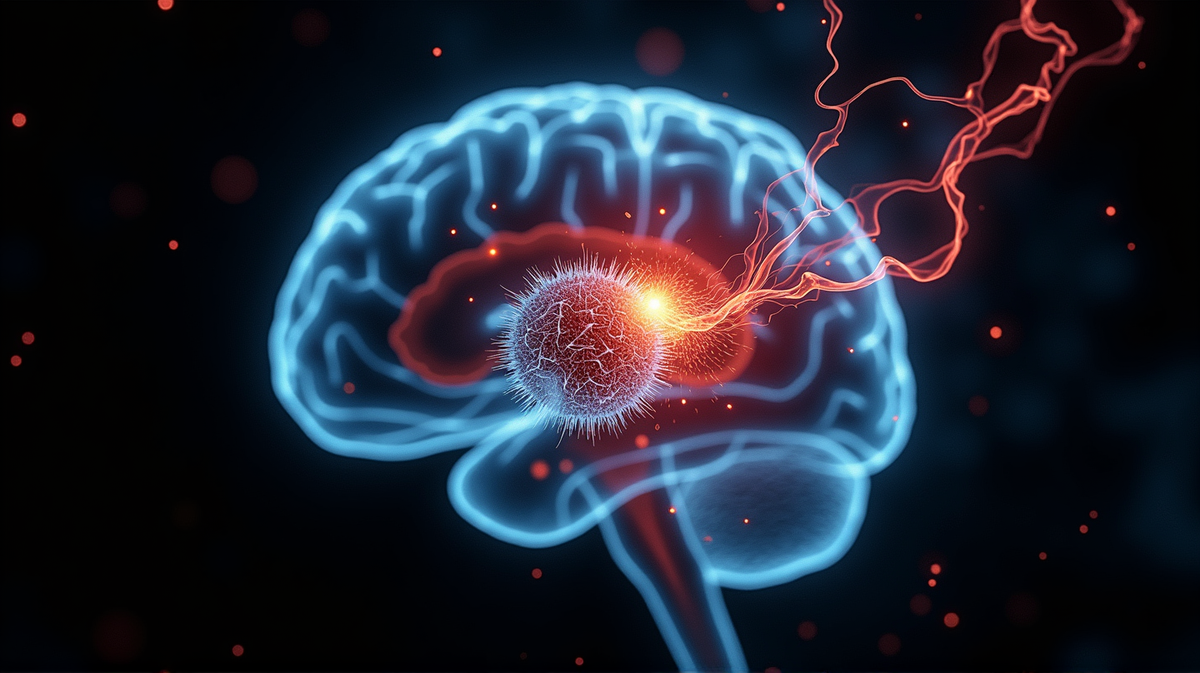Could Blood Flow Be the Key to Early Alzheimer's Detection?
New research shows increased blood flow leads to hippocampus stiffness, hinting at breakthrough Alzheimer's diagnostic methods before symptom onset.

What the New Findings Reveal
In a groundbreaking study, researchers have unveiled that increased blood flow to the hippocampus results in heightened stiffness of this critical brain region. This revelation springs from a collaboration between Mehmet Kurt, a noted Professor at the ME department, and his research team. According to Technology Networks, this research could pave the way for new, preemptive Alzheimer’s diagnostic methods.
The Role of the Hippocampus
The hippocampus is renowned for its pivotal roles in learning and memory. Unfortunately, this region is also one of the first to fall prey to Alzheimer’s ravages, a condition that progressively destroys memory and cognitive faculties. Understanding the stiffness-blood flow nexus could unravel mysteries of hippocampal health, spearheading avant-garde diagnostic technologies.
Exploring Brain Stiffness with MRE
Caitlin Neher, a promising ME Ph.D. student, spearheaded the use of magnetic resonance elastography (MRE) to explore this intricate relationship. This technology fuses MRI with acoustic waves to render detailed stiffness imagery across the brain. A study involving volunteers aged 22 to 35 revealed that hippocampus stiffness correlates distinctly with blood flow.
The Unexplored Potential in Alzheimer’s Diagnostics
Current Alzheimer’s diagnostic measures primarily focus on identifying memory decline. However, introducing stiffness metrics could revolutionize early detection. “The study addressed the core question: how are blood flow and brain stiffness linked?” Neher points out as the team seeks to clarify these links.
What’s Next for Blood Flow and Brain Health?
With a shared vision for advanced predictive capabilities, the team envisages translating these findings into clinical applications through collaborations with medical institutions. Through innovative metrics, researchers anticipate mitigating the impacts of neurological diseases.
Indeed, the prospect of enhancing current Alzheimer’s diagnostics with emerging methods such as brain stiffness measurement signals a potent stride toward battling this insidious disease. These advancements instill hope for earlier interventions that could significantly alter disease trajectories and impact the lives of millions worldwide.





